With new technologies revolutionizing data collection, wildlife researchers are becoming increasingly able to collect data at much higher volumes than ever before. Now we are facing the challenges of putting this information to use, bringing the science of big data into the conservation arena. With the help of machine learning tools, this area holds immense potential for conservation practices. The applications range from online trafficking alerts to species-specific early warning systems to efficient movement and biodiversity monitoring and beyond.
However, the process of building effective machine learning tools depends upon large amounts of standardized training data, and conservationists currently lack an established system for standardization. How to best develop such a system and incentivize data sharing are questions at the forefront of this work. There are currently multiple AI-based conservation initiatives, including Wildlife Insights and WildBook, that are pioneering applications on this front.
This group is the perfect place to ask all your AI-related questions, no matter your skill level or previous familiarity! You'll find resources, meet other members with similar questions and experts who can answer them, and engage in exciting collaborative opportunities together.
Just getting started with AI in conservation? Check out our introduction tutorial, How Do I Train My First Machine Learning Model? with Daniel Situnayake, and our Virtual Meetup on Big Data. If you're coming from the more technical side of AI/ML, Sara Beery runs an AI for Conservation slack channel that might be of interest. Message her for an invite.
Header Image: Dr Claire Burke / @CBurkeSci

Explore the Basics: AI
Understanding the possibilities for incorporating new technology into your work can feel overwhelming. With so many tools available, so many resources to keep up with, and so many innovative projects happening around the world and in our community, it's easy to lose sight of how and why these new technologies matter, and how they can be practically applied to your projects.
Machine learning has huge potential in conservation tech, and its applications are growing every day! But the tradeoff of that potential is a big learning curve - or so it seems to those starting out with this powerful tool!
To help you explore the potential of AI (and prepare for some of our upcoming AI-themed events!), we've compiled simple, key resources, conversations, and videos to highlight the possibilities:
Three Resources for Beginners:
- Everything I know about Machine Learning and Camera Traps, Dan Morris | Resource library, camera traps, machine learning
- Using Computer Vision to Protect Endangered Species, Kasim Rafiq | Machine learning, data analysis, big cats
- Resource: WildID | WildID
Three Forum Threads for Beginners:
- I made an open-source tool to help you sort camera trap images | Petar Gyurov, Camera Traps
- Batch / Automated Cloud Processing | Chris Nicolas, Acoustic Monitoring
- Looking for help with camera trapping for Jaguars: Software for species ID and database building | Carmina Gutierrez, AI for Conservation
Three Tutorials for Beginners:
- How do I get started using machine learning for my camera traps? | Sara Beery, Tech Tutors
- How do I train my first machine learning model? | Daniel Situnayake, Tech Tutors
- Big Data in Conservation | Dave Thau, Dan Morris, Sarah Davidson, Virtual Meetups
Want to know more about AI, or have your specific machine learning questions answered by experts in the WILDLABS community? Make sure you join the conversation in our AI for Conservation group!
I am a biologist who is currently studying for a master's degree in Natural Resources and Environmental Management Sciences, IPB University. In terms of biology, I have passionated in community development and wildlife conservation.
- 0 Resources
- 0 Discussions
- 8 Groups
- 0 Resources
- 0 Discussions
- 6 Groups
A chemist by training and enthusiast about the environment by nature. Currently finishing my PhD where I was lucky to merge several of my passions such as programming, data analysis, aquatic ecology and analytical chemistry.
- 0 Resources
- 0 Discussions
- 7 Groups
- @limburan
- | she/her
Bat Conservation Trust
Research Scientist at Bat Conservation Trust
- 0 Resources
- 0 Discussions
- 10 Groups
Wildlife Protection Solutions (WPS)
Software Engineer in Conservation Tech



- 2 Resources
- 15 Discussions
- 10 Groups
- @Eldogk7
- | He/Him
Hardware engineer with 10+ years in IoT & drones, and 4 years in AI, dedicated to sustainability. Developed the world’s first AI soil nutrition sensor & a mine-detecting drone for the Indian Army. As Abhram’s Founder & CEO, I innovate with smart soil sensors & IoT weather station
- 0 Resources
- 1 Discussions
- 4 Groups
- @Janny_gonzalezs
- | she/her
Biology student at Universidad de los Andes | Working in Passive Acoustic Monitoring of birds using autonomous recording units in Colombia's Natural Reserves
- 0 Resources
- 0 Discussions
- 3 Groups
Ecologist specializing in birds. I am an educator at an American university and also a researcher in Peru
- 0 Resources
- 0 Discussions
- 2 Groups
Remote Sensing Surveyor with interest in GIS, data science and bioacoustics.
- 0 Resources
- 0 Discussions
- 3 Groups
- @jivelasquezt
- | He, him, his
Science Director for Audubon Americas | Using biodiversity informatics and data science to drive conservation decisions | Conservation planning, SDMs, GIS & RS| Bioacoustics enthusiast
- 0 Resources
- 0 Discussions
- 2 Groups
Universidade Federal de Santa Catarina (UFSC)
Assistant professor at the Federal University of Santa Catarina (Brazil). Main research interests: autonomous AI-based systems.

- 0 Resources
- 1 Discussions
- 2 Groups
- @Palinda
- | He
Corporate Responsibility Specialist & Sustainability/ Climate Change Professional Helping Conservation, Restoration, Community Livelihood Development ESG strategy and Sustainable Development.
- 0 Resources
- 0 Discussions
- 8 Groups
Wildlife on roads creates a significant hazard in rural areas, to humans and animals alike. Low-tech prevention methods such as overpasses give great results, but they are expensive and can’t cover every scenario. Now...
12 November 2024
The San Diego Zoo Wildlife Alliance Conservation Technology Lab seeks a postdoctoral associate for a three-year position applying their machine learning expertise to bioacoustics problems in ecology and conservation.
1 November 2024
The library enables to derive biophyiscal maps with a few lines of code (only requirements: region of interest, temporal domain and satellite sensor). All processing runs in the cloud using the openEO API and hence no...
20 October 2024
Very nice video!
7 October 2024
Paper by Natalie Klug et al
6 October 2024
The Marine Innovation Lab for Leading-edge Oceanography develops hardware and software to expand the ocean observing network and for the sustainable management of natural resources. For Fall 2025, we are actively...
6 October 2024
With this call, ESA offers 1-year fellowships to four African researchers to work at the ESA-ESRIN premises in Frascati (Rome, Italy) in collaboration with ESA scientists
4 October 2024
Based in the EU
3 October 2024
The Connected Conservation is thrilled to announce our award's third round in collaboration with the Airbus Foundation. This award champions the use of cutting-edge satellite imagery to tackle biodiversity loss and...
30 September 2024
The African Bioacoustics Conference!
18 September 2024
June 2025
event
July 2025
October 2025
event
event
August 2024
event
73 Products
Recently updated products
16 Products
Recently updated products
| Description | Activity | Replies | Groups | Updated |
|---|---|---|---|---|
| If you are considering EduGenie for your school assignments, it is useful to read the detailed review on the website. The article at https://nocramming.com/edugenie-review... |
|
Acoustics, AI for Conservation, Marine Conservation | 1 minute 2 seconds ago | |
| MIT has this Moo Deng-based fun challenge! More seriously it relates to AI and human-nature interaction. I imagine people on Wildlabs would... |
|
AI for Conservation | 1 day ago | |
| Hi Ethan, It's indeed a competitive area. My advice for you (and anybody else seeking a PhD supervisor)...Do background research on each individual potential supervisor and always... |
|
Early Career, AI for Conservation, Animal Movement, Climate Change | 4 days 9 hours ago | |
| Hi Nick,At Wildlife.ai, from the other side of the world, we would be happy to chat with you. PM if interested Victor |
|
AI for Conservation, Emerging Tech | 2 days 11 hours ago | |
| Hi everyone,What should we share or demo about Software Quality Assurance? Alex Saunders and I, the two Software QA people at Wildlife Protection Solutions (WPS) are going to... |
|
Software Development, AI for Conservation, Open Source Solutions | 4 days 4 hours ago | |
| My name is Frank Short and I am a PhD Candidate at Boston University in Biological Anthropology. I am currently doing fieldwork in Indonesia using machine-learning powered passive... |
|
Acoustics, AI for Conservation, Animal Movement, Data management and processing tools, Early Career, Emerging Tech, Ethics of Conservation Tech, Protected Area Management Tools, Software Development | 2 weeks 1 day ago | |
| This looks like a great application, thank you! I wonder if they are planning to run this study in future years. |
|
AI for Conservation | 2 weeks 3 days ago | |
|
|
Latin America Community, Acoustics, AI for Conservation, Camera Traps, Drones, Early Career | 2 weeks 6 days ago | ||
| @LukeD, I am looping in @Kamalama997 from the TRAPPER team who is working on porting MegaDetector and other models to RPi with the AI HAT+. Kamil will have more specific questions. |
|
AI for Conservation, Camera Traps | 3 weeks ago | |
| Super happy to finally have Animal Detect ready for people to use. We are open for any feedback and hope to bring more convenient tools :) |
|
AI for Conservation | 3 weeks ago | |
| Hi Ștefan! In my current case, I am trying to detect and count Arctic fox pups. Unfortunately, Arctic fox does not seem to be included in the training data of SpeciesNet but... |
+16
|
AI for Conservation, Camera Traps | 3 weeks 1 day ago | |
| Interesting. Thanks for the explanation. Nice to hear your passion showing through. |
|
AI for Conservation, Camera Traps, Data management and processing tools, Open Source Solutions, Software Development | 3 weeks 3 days ago |
Call for Data: A Global Database of Tree Crown Footprints from RGB Imagery
3 February 2023 11:22am
10 February 2023 4:18pm
Bluesky have a commercial tree crown dataset available covering most of Great Britain (England, Wales and parts of Scotland). There is a canopy layer with approximate outlines of each canopy (the image on this page shows just circular crowns). It's created using aerial imagery.
National Tree Map | Bluesky International Limited
Bluesky’s National Tree Map™ (NTM™) is the most detailed dataset of its kind ever produced, with coverage across Great Britain and Ireland.
Machine Learning Scientist
10 February 2023 10:37am
Research Associate - Machine Learning (Underwater Sound)
10 February 2023 10:19am
Engineering Manager, Skylight
10 February 2023 10:14am
New tutorial on Firetail 10 - annotation of acceleration data
8 February 2023 12:18pm
Commercially available connected audio sensors
2 February 2023 3:08pm
2 February 2023 3:55pm
Hi!
I am not aware of any such connected loggers/recorders but they would be nice.
The AudioMoths have been revolutionary in providing audologging at a low cost but they take a lot of "data muling" (carrying SD cards in and out of the field sites) and swapping of batteries.
Cheers,
2 February 2023 7:50pm
Hi Lars, thanks for the response. We are using lots of Song Meter Micro's atm and they have proved to be resilient. Just need something which doesn't involve going on site regularly - but get the data off.
3 February 2023 7:04pm
Rainforest Connection's (RFCx) Guardian devices may be of interest. They are solar-powered and have connectivity options for Wifi, GSM and satellite transfer. They've previously been used for detecting e.g., gunshots or chainsaws (using edge computing) and then sending positive detections/alerts to folks on the ground. RFCx also hosts Arbimon, a free, no-code software platform that facilitates analysis of audio data as well. Happy to chat more if you'd like to talk further about it!
Artificial Intelligence and Conservation: Indigenous AI
3 February 2023 4:40pm
Job: Building a network of conservation tech across continents
2 February 2023 1:50pm
Consultancy opportunity: Wildlife monitoring specialist
31 January 2023 11:26am
Assistant Professor in Conservation Science
25 January 2023 4:01pm
AI for Forest Elephants Challenge
25 January 2023 3:34pm
Advanced Field School in Computational Ecology
25 January 2023 2:54pm
Apply Now: AI for Conservation Office Hours
18 January 2023 5:15pm
Interview for Technologies in Conservation
24 November 2022 10:07am
16 January 2023 2:42pm
I'd be happy to chat with you if you wanted! My expertise is within passive acoustic monitoring particularly. The Conservation Tech Directory might be useful for you in identifying relevant actors within the space.
16 January 2023 5:16pm
Happy to contribute tgray@woodsholegroup.com
17 January 2023 5:12pm
My original background is in ecology and conservation, and am now in the elected leadership of the Gathering for Open Science Hardware which convenes researchers developing open source tech for science. I am not working on a specific piece of technology right now, but am happy to contribute some higher-level views for your interview if that helps.
African elephant facial or body recognition software
10 December 2018 7:26pm
14 November 2020 5:21pm
In DRCongo and just discovering this now. We operate in Lomami National Park, very remote regions, and our issue includes individual recognition of bonbos and forest elephants from camera trap data. Tim van Dam's comment hit home for me in that we have NO internet acces in the field sites, with internet, but not much access to cloud based propgram only in the cities of KIndu and Kisangani, over 100km from the field sites. We would liketo be able to download and use software, and even participate in testing some applications, but time lags are involved since data has to come out of thefield to move into the propgrams. I think basically we can do a lot with low tech solutions, and selectively move up the analytical chain but there is no question that we will remain with some fundamental connectivity problems....Is anyone esle facing thes kinds of constraints? Can anyone suggest some basic "recognition software" and a working group to allow us to get into this area and see what we can produce and contribute? John Hart www.bonoboincongo.com
15 November 2020 1:01am
This article in Seattle Times does pretty much a smiliar thing with Bears and you may find some solutiosn from their work
https://www.seattletimes.com/business/technology/training-facial-recognition-on-some-new-furry-friends-bears/
14 January 2023 9:48am
Hi Sophie, Can you please help me or get in touch in developing a system where we are able to detect an Elephant? Would like to discuss more about it. Kindly treat this as urgent!!
New paper - An evaluation of platforms for processing camera-trap data using artificial intelligence
13 January 2023 12:14am
Conservation Technology Intern (Vietnam)
11 January 2023 5:00pm
PhD position (m/f/d) in Insect Ecology and Conservation
9 January 2023 12:53pm
Education Paper on Computer Vision for Ecology
9 January 2023 5:30am
Job: maker / workshop technician
5 January 2023 10:53am
Job: Software Engineer at Benioff Ocean Science Laboratory
19 December 2022 7:59pm
San Diego Zoo needs Summer Undergraduates!!
19 December 2022 1:58pm
Join NASA’s harmful algal bloom ML challenge and win prizes!
15 December 2022 7:56pm
Help - Innovative ways to track elephant movement
28 October 2022 4:50pm
4 November 2022 5:24pm
Why would you want to avoid alerting the rangers ?
You don't need high tech for this; elephants leave very obvious tracks and sign.
7 November 2022 12:52am
Hi Tyler,
Would like to introduce you to Ceres Tags products
- Ceres Tags products come in boxes of 5, 10 and 24.
- There are some software partners such as Earthranger, Mapipedia and possibly CiboLabs that would be able to assist you with your mapping vegetation requirements
- Ceres Tag does not require any towers, base stations and infrastructure. This allows you to see any movements from the heard outside of their normal herd (boundary alerts), and you will not be disturbing any of the flora and fauna with infrastructure set up.
- For the timing you are looking at, Ceres Wild pings directly to satellite 24 times a day. For Ceres Trace and Ceres Ranch there are 4 within 24 hours. Taking into consideration, when you set up alert areas, you will get them directly to your phone/laptop via your software of choice
- Ceres Ranch is a reusable tag that has just been launched. Use it on this project, remove the tag and then use the tag on your next project
- The software you choose will assist with the history of your animal movements. Ceres Tag is integrated with 11 software partners and in-development with 18 software partners https://cerestag.com/pages/software-partners
- Understanding it is a short-term project, you would be able to use Ceres Tags products without the additional expense of setting up and removing infrastructure- towers, gateways
- With Ceres Tag, you are purchasing the box of tags and picking a suitable software to deliver the information you require. On average, a box of 10 Ceres Trace Tags, is the same as 1 LoRaWAN tower.
14 December 2022 10:49am
I just came across this interesting paper in which seismic monotoring of animals like elephants was mentioned.
This is the study refered to:
Cheers,
Lars
CV4Ecology 2023 Applications
1 November 2022 8:01pm
3 November 2022 7:13pm
Hey Sara,
Thanks again for the session today--it was super helpful!
I have access to a pretty large network of camera trappers, and I'm currently surveying them to see who might be willing to share data with me. That being said, I can likely get data-sharing agreements with each of these agencies sorted out before the application deadline, but may not have the data in-hand by this time due to a lack of resources for transferring such large amounts of data.
I've used Azure Storage Explorer before to rapidly transfer large datasets like this, so I think it might be easier to compile all data in one location once we have access to the VMs. Would it be acceptable to apply with the signed data-sharing agreements in mind, and with the intent of organizing all of the data once we acquire access to the computing resources?
4 November 2022 6:02pm
Yes, that's definitely ok! You should just outline your larger plan and where you are at in the process in your application. However, the compute resources are intended to be used for model training and won't be available too far in advance of the school (or at least I can't guarantee they will be) , so you would need to make a plan for pre-summer workshop data storage, wrangling, and curation to get the data ready to train models on. Let me know if you're having issues with that and I can try to help brainstorm.
9 December 2022 8:23pm
Quick reminder that the deadline for applications is just shy of a week away.
This workshop is particularly geared to teach ecologists computer vision tools to apply to their research.
Tired of trying to manually count how many animals are in your images? Tired of listening to audio files to classify/detect species? Looking to clean and manage your data so that you can more easily access and analyze it? We're happy and eager to help you apply computer vision tools to try to help with these (and more!) tasks!
More info:
Feel free to comment here or message me directly if you have any questions!
PhD - Sensory ecology of vespine wasps
8 December 2022 12:47pm
Post Doctoral Fellow - Computer Vision/Arctic Avian Ecology
7 December 2022 4:21am
New: Satellites for Biodiversity Award
5 December 2022 2:08pm



















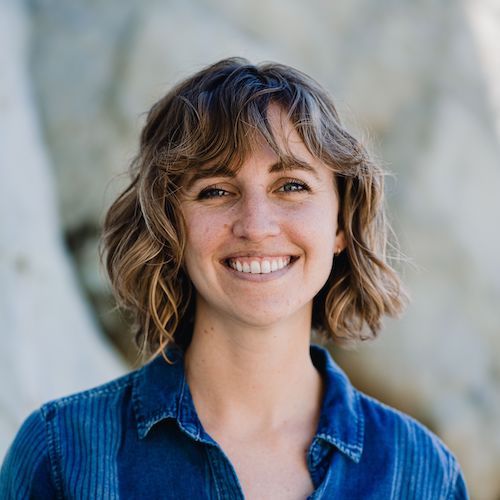



























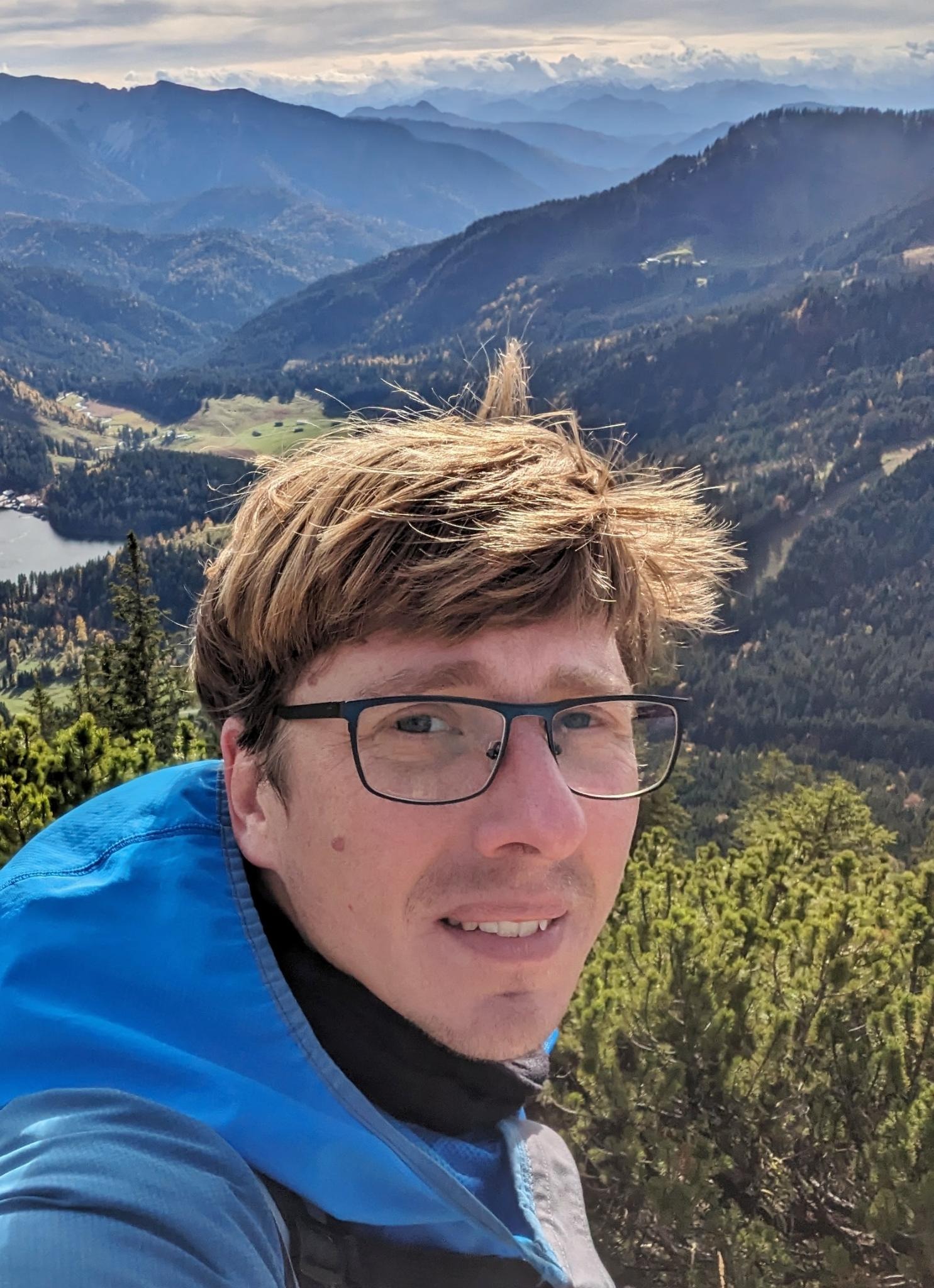


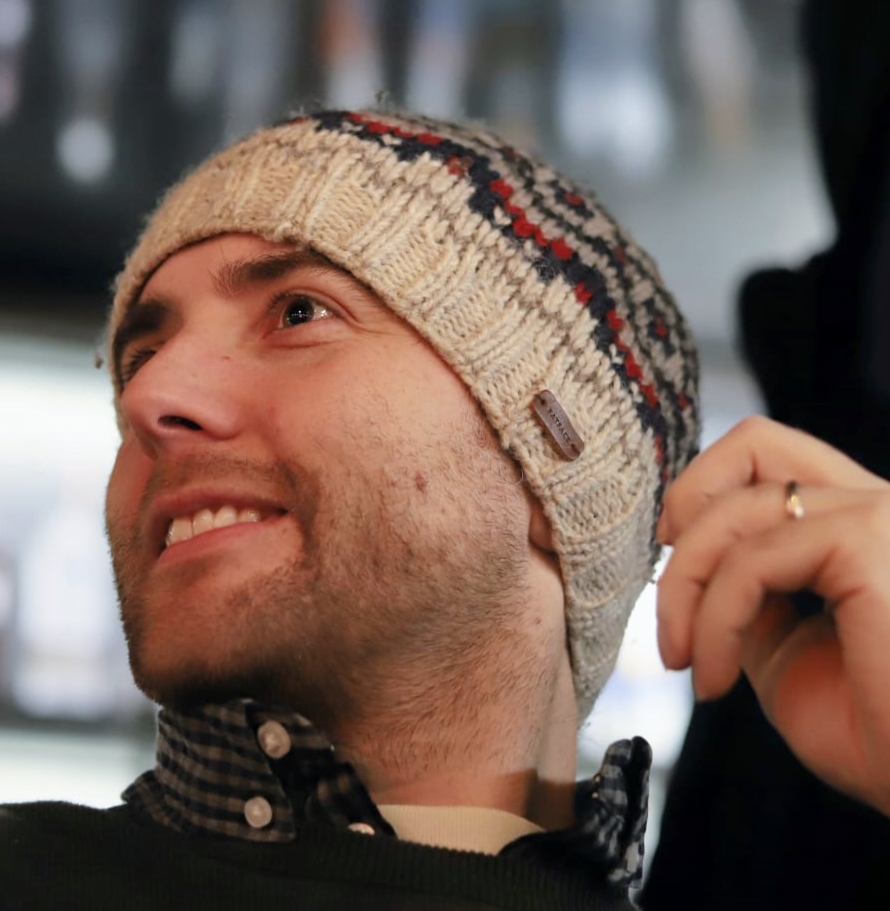












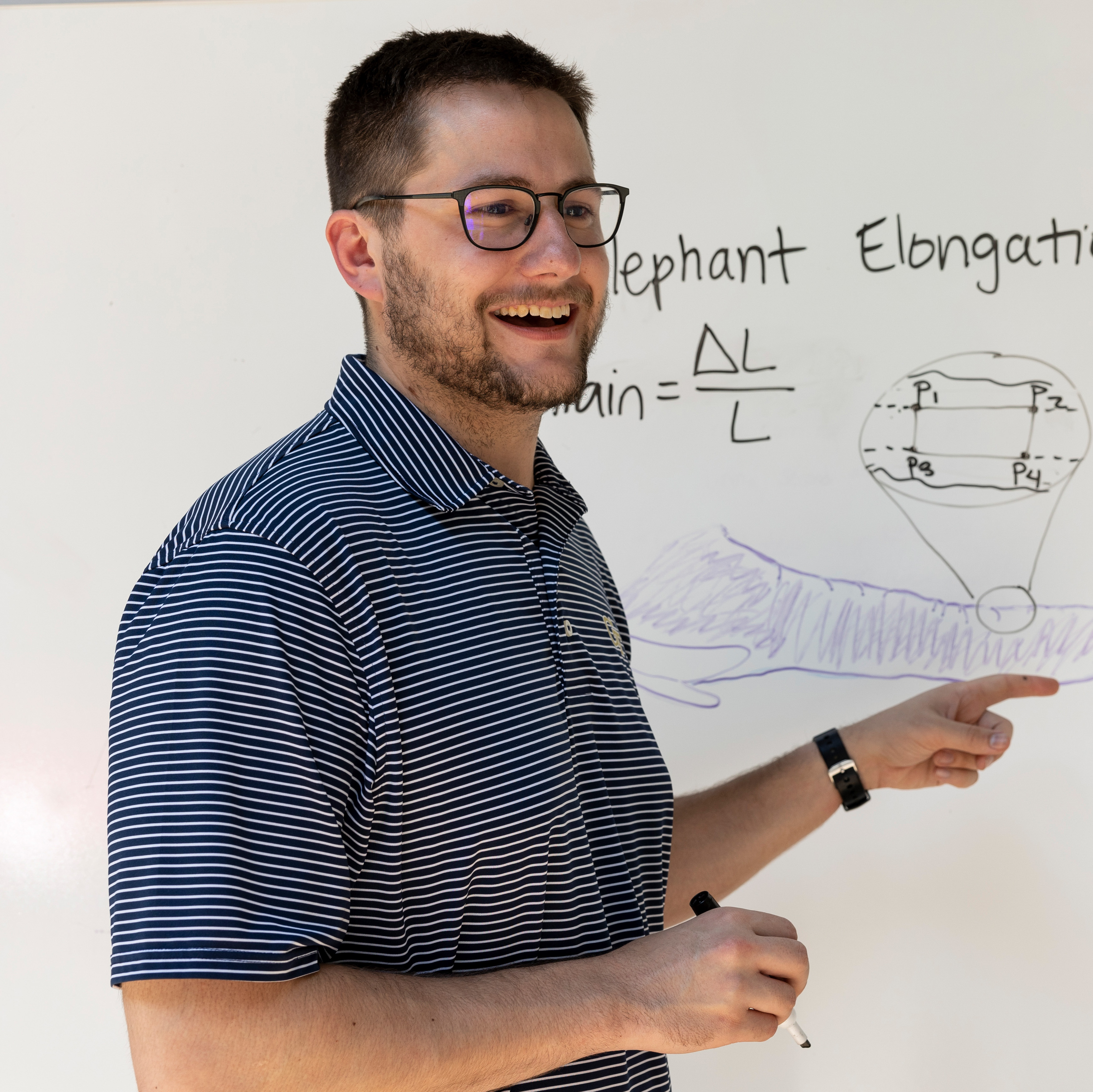
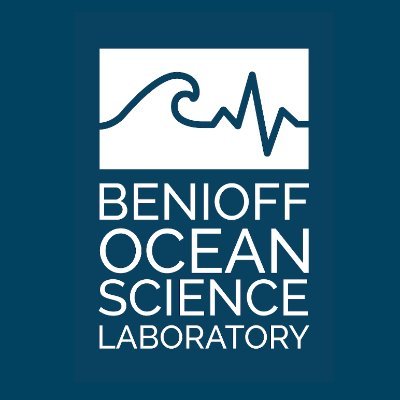






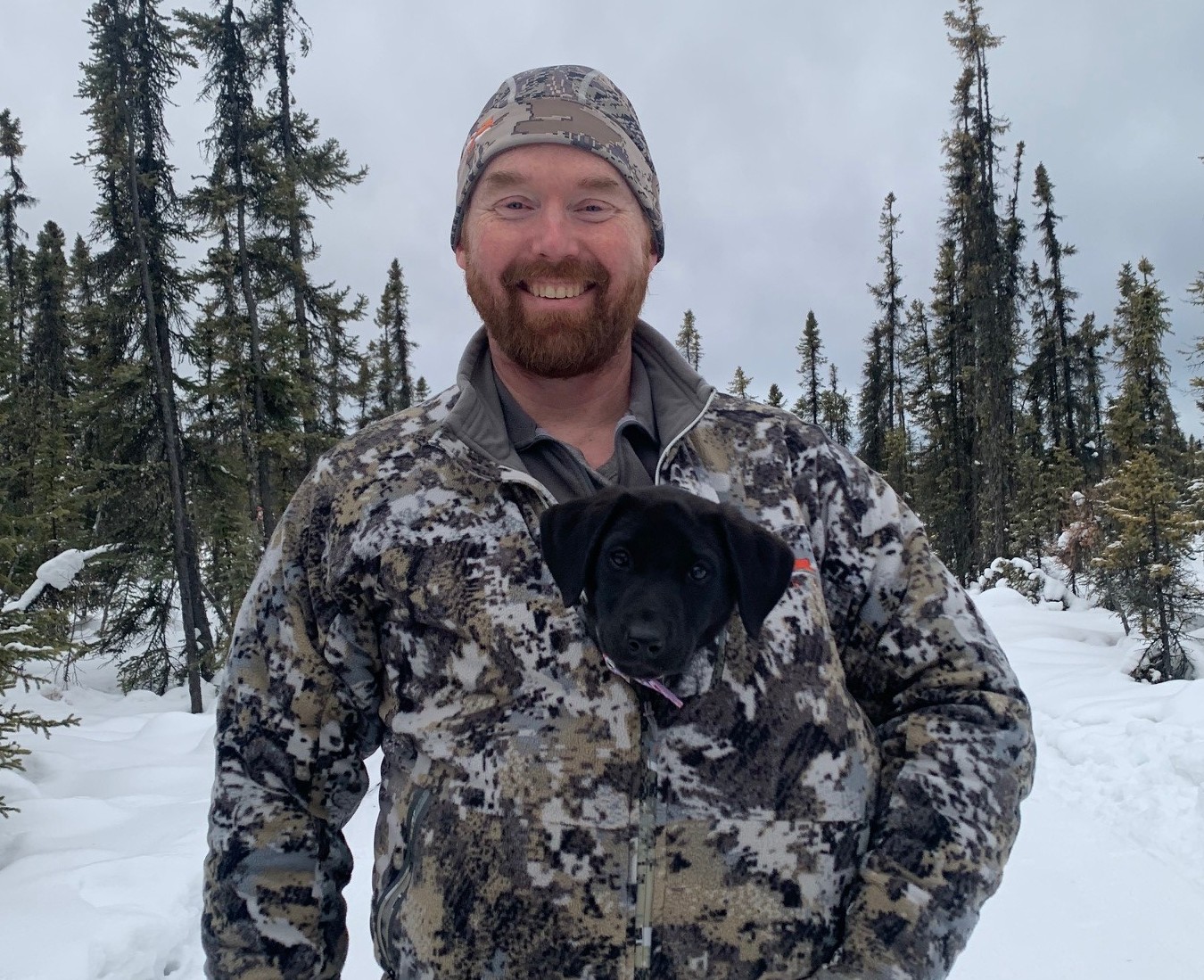
3 February 2023 7:01pm
You should definitely talk with Ben Weinstein and co (the folks behind DeepForest), if you haven't already!